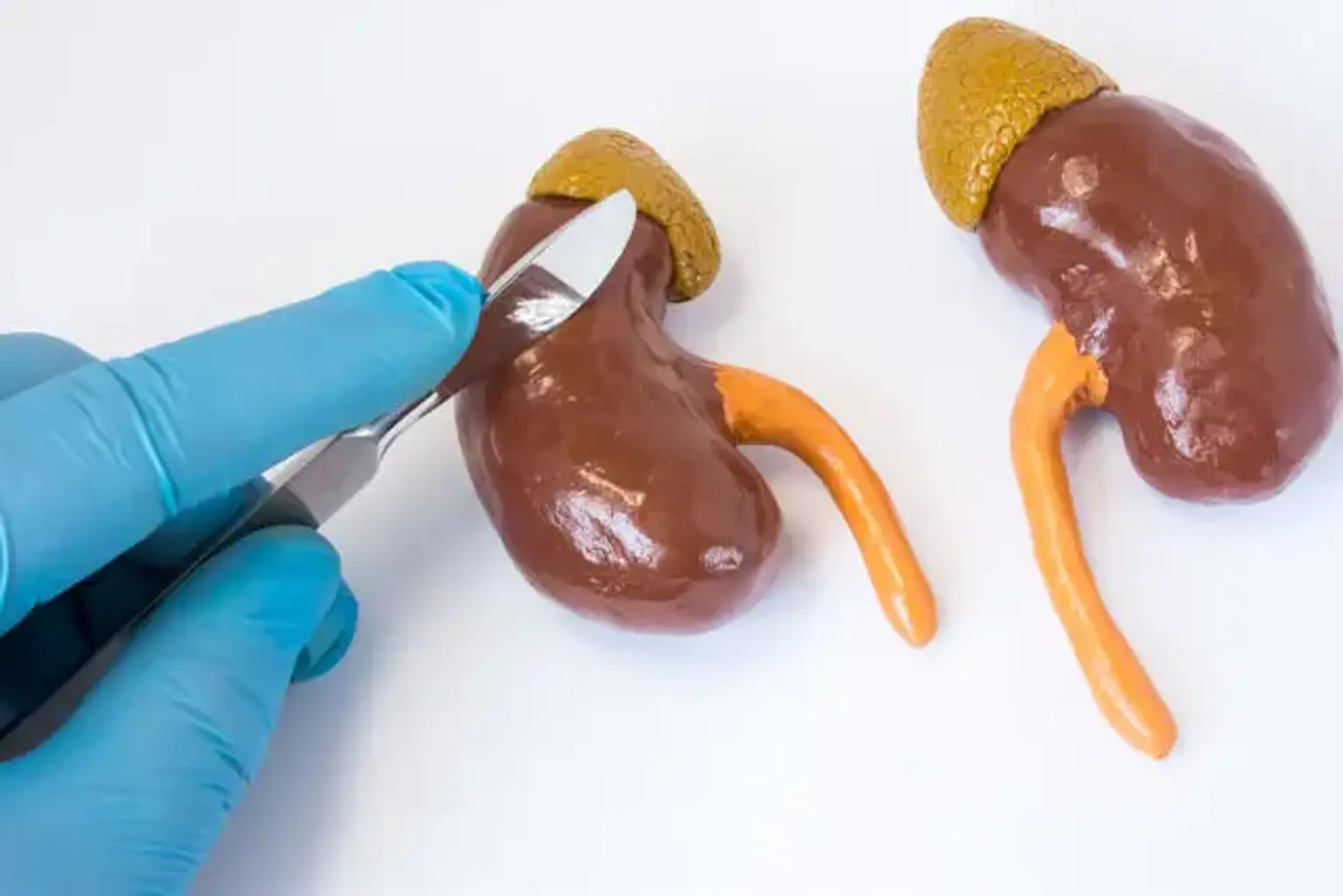Percutaneous nephrolithotomy (PCNL)
Overview
This percutaneous endoscopic method is widely used to treat upper urinary tract stones that are not susceptible to conventional treatment modalities (e.g., shockwave lithotripsy, retrograde ureteroscopic therapy). Percutaneous treatment of contaminated stone loads is commonly used because it allows for not only stone fragmentation but also quick evacuation of the diseased material.
